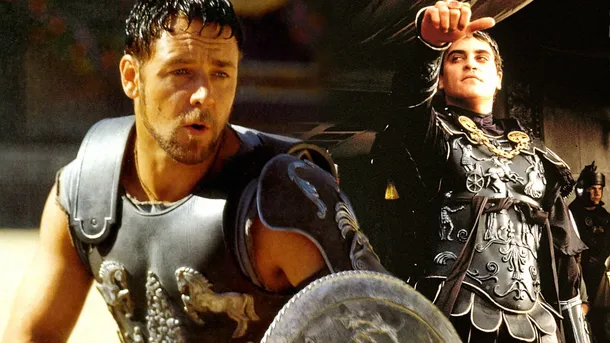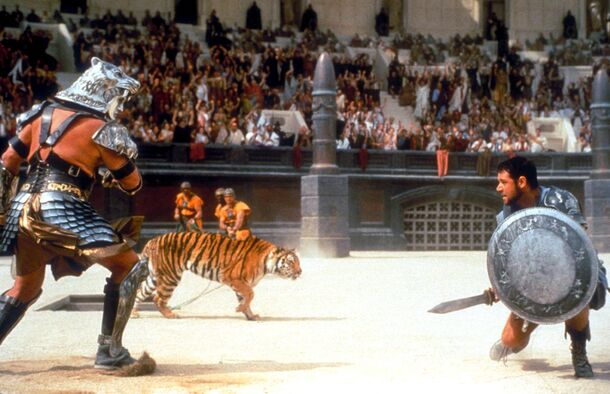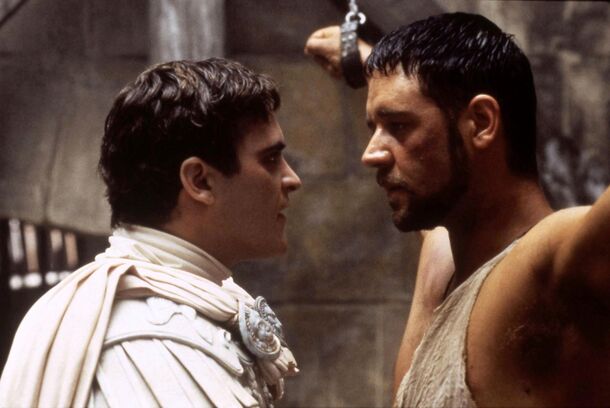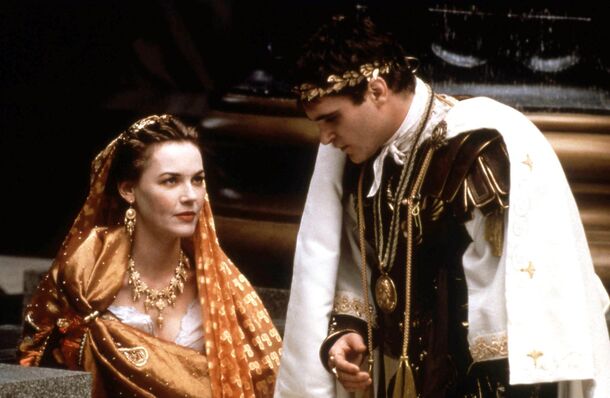Why 'Gladiator' Isn’t History — But I’m Still Totally Hooked

Epic drama, flawed facts, unforgettable story, pure cinematic magic.
I’ll admit it –– I love Gladiator. Always have. That opening battle. The vengeance. The sand and sweat and slow-motion stares. But the more I learn about Roman history, the more I realise this film is basically historical fanfiction with a very expensive costume budget.
Still, that doesn’t ruin it for me –– quite the opposite.
Let’s talk about what historians find hilarious. First up: gladiator fights. The film makes them look like brutal, no-mercy knife fights to the death. In reality? These guys were celebrities.

Think less "Game of Thrones" and more "Premier League meets WWE". Gladiators were trained, pampered, and rarely killed off. They were money-makers. You don’t throw your star striker to the lions mid-season.
Even the famous thumb gestures –– you know, thumbs up for life, down for death –– are pure movie myth. Ancient sources are vague, and some scholars argue it might’ve been the other way round or just a subtle hand signal.
But hey, "Are you not entertained?!" hits harder with a big dramatic gesture, doesn’t it?

Then there’s Maximus. Our rugged revenge machine? Totally fictional. But the villain, Commodus, was very real –– just not in the way Joaquin Phoenix plays him.
The actual emperor was more theatre kid than tyrant. He adored dressing up as a gladiator and performing in the arena. Imagine Boris Johnson taking up cage fighting and demanding applause –– that’s the energy.
What I find most interesting is that despite all the historical liberties, the film still captures something. The spectacle. The decadence. The power struggles. It may not be factually accurate, but it’s emotionally truthful in that epic, myth-making way cinema does best.

So yes, historians are giggling behind the curtains –– but I’ll be in the front row with popcorn, cheering all the same.
